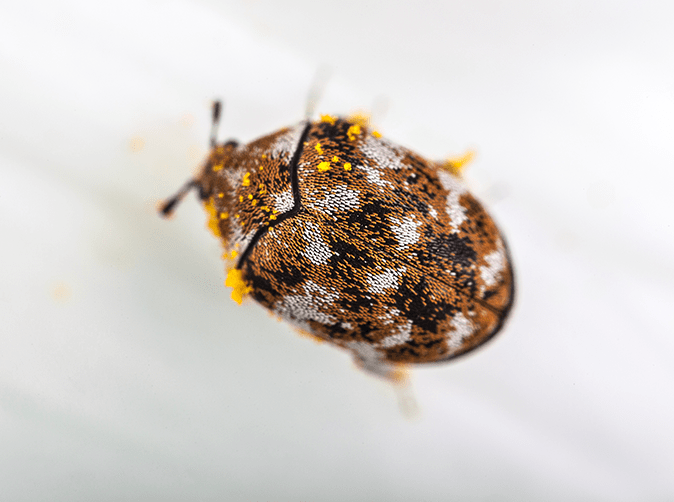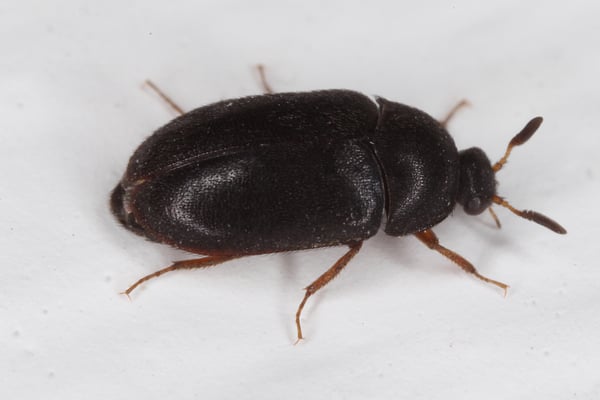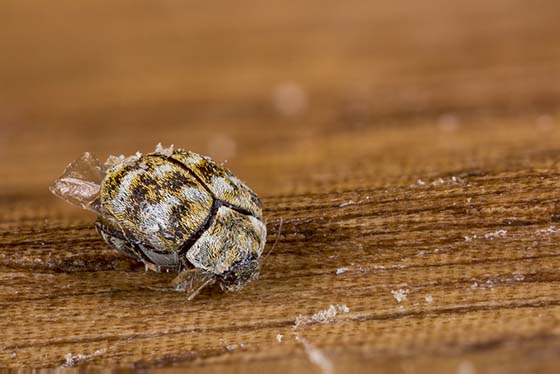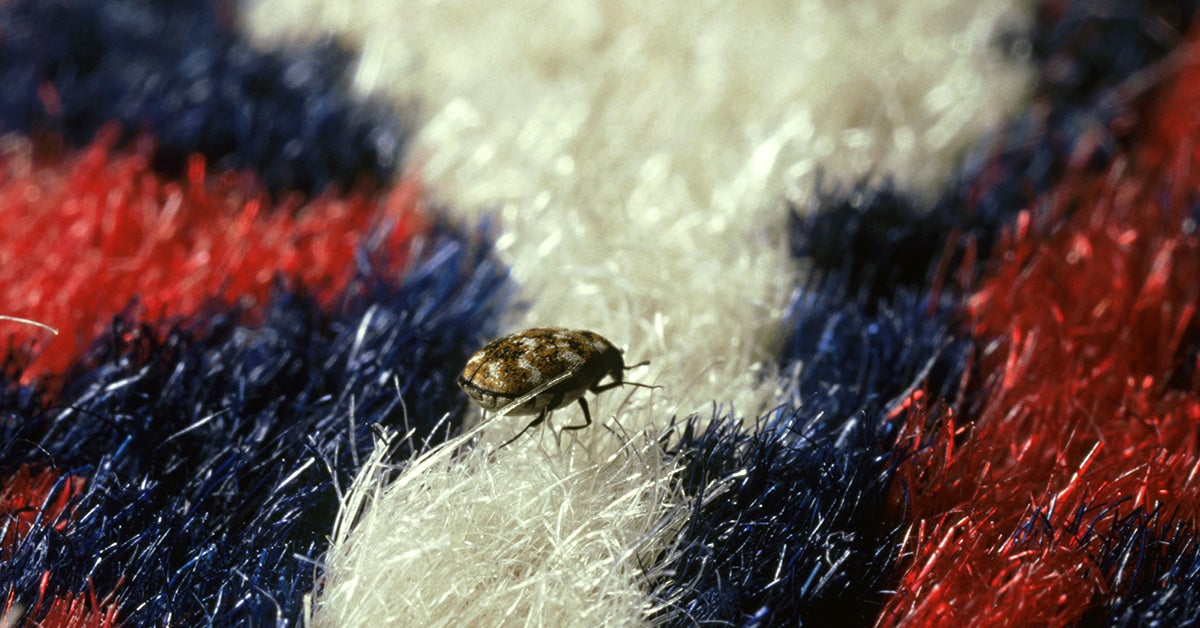Small Dark Brown Beetle In House
Others might be mottled with spots of brown and black on a lighter background.

Small dark brown beetle in house. Check your pantries and cupboards for any stored food or open food packages. Like many other beetles they are round or oval and convex like ladybugs. They cause damage to timber and to household furniture they cause damage to timber and to household furniture as its name suggests the common furniture beetle anobium punctatum can damage wooden structures and furniture. Tiny and brown or black in color fleas are hard to spot since they rarely stay in one place for too long but they can often be found deep in the fur of cats and dogs and living in or around bedding on which those animals sleep.
Black carpet beetles are similar in size to the varied carpet beetle but are solid black and have the last antenna segment elongated. 10 bugs that are living in your houseand how to get them out. But nobody wants that place to be in their home. Little brown beetle group the beetle you have is small brown beetle that lacks distinctive markings.
If the beetles appear black or mottled with redgrayblack instead of brown they are probably one of the dermestid dermestidae carpet beetles but the brown ones are likely one of the anobiid anobiidae beetles for example the cigarette or drugstore beetles. As seen in the picture the common furniture beetles are small dark beetles. Check places where food is even though it might be unusual. Some are black or dark enough to appear black when observed with the human eye.
Bugs like all creatures have their rightful place on this earth. Carpet beetles are covered in tiny hairs which are difficult to see unless you look at them under magnification. The sawyer beetle is a dark brown flying beetle with long antennae sawyer beetle is the common name of beetles in the genus monochamus. Anywhere dark and safe can become the next place where a beetle.
If you have found a beetle get ready to make a close inspection of anything food related around your house. The common name of these insects comes from their ability to drill into types of softwood.






